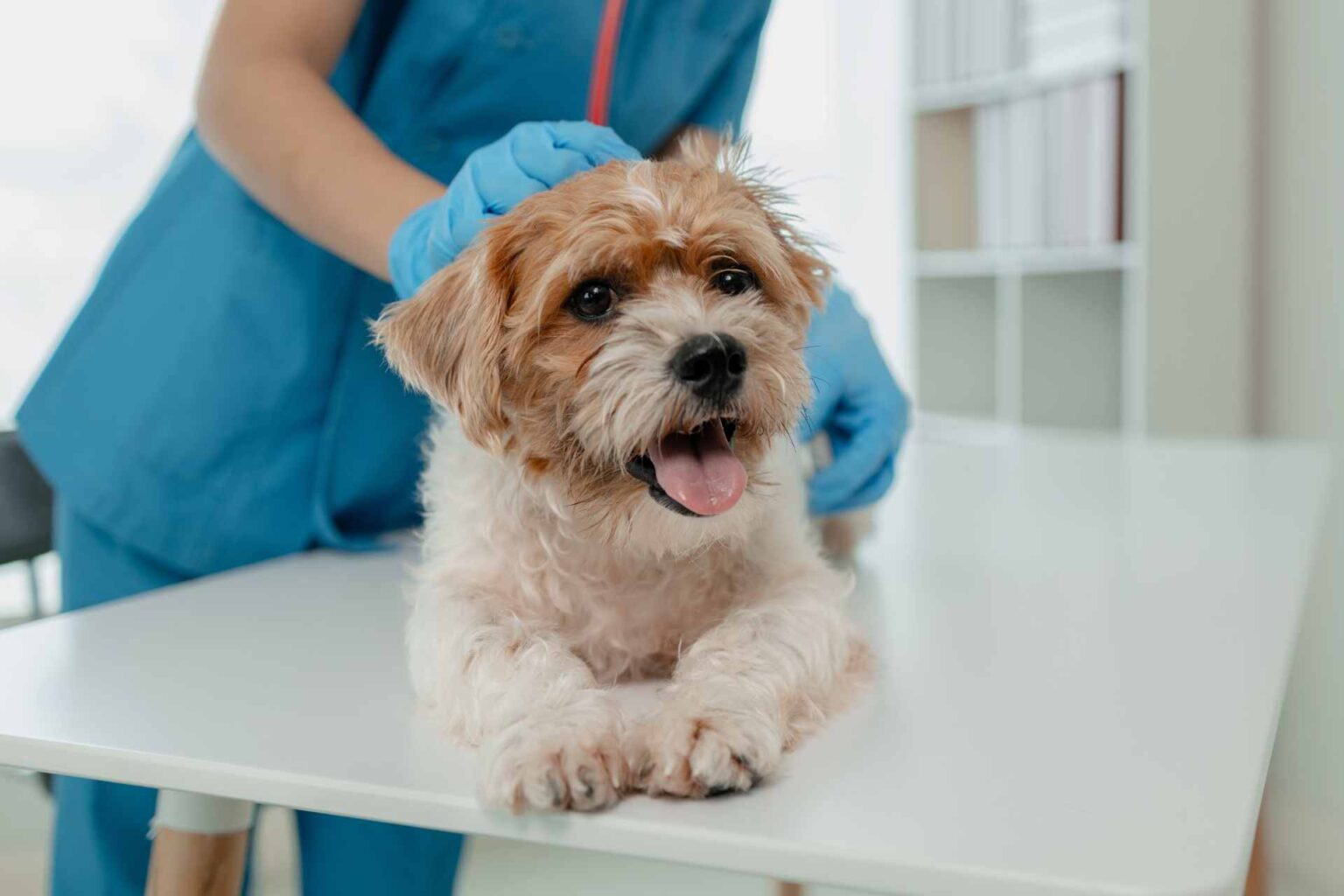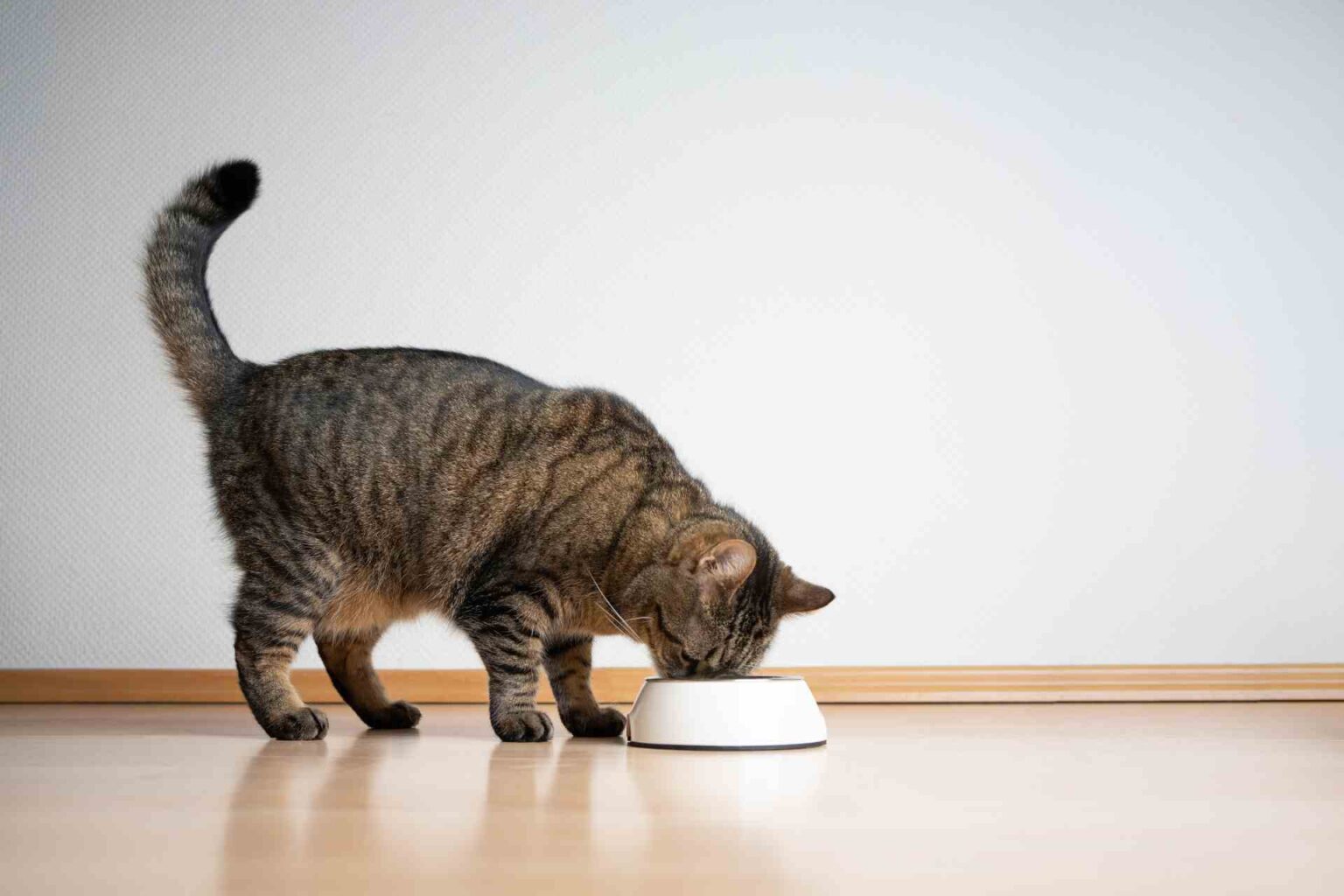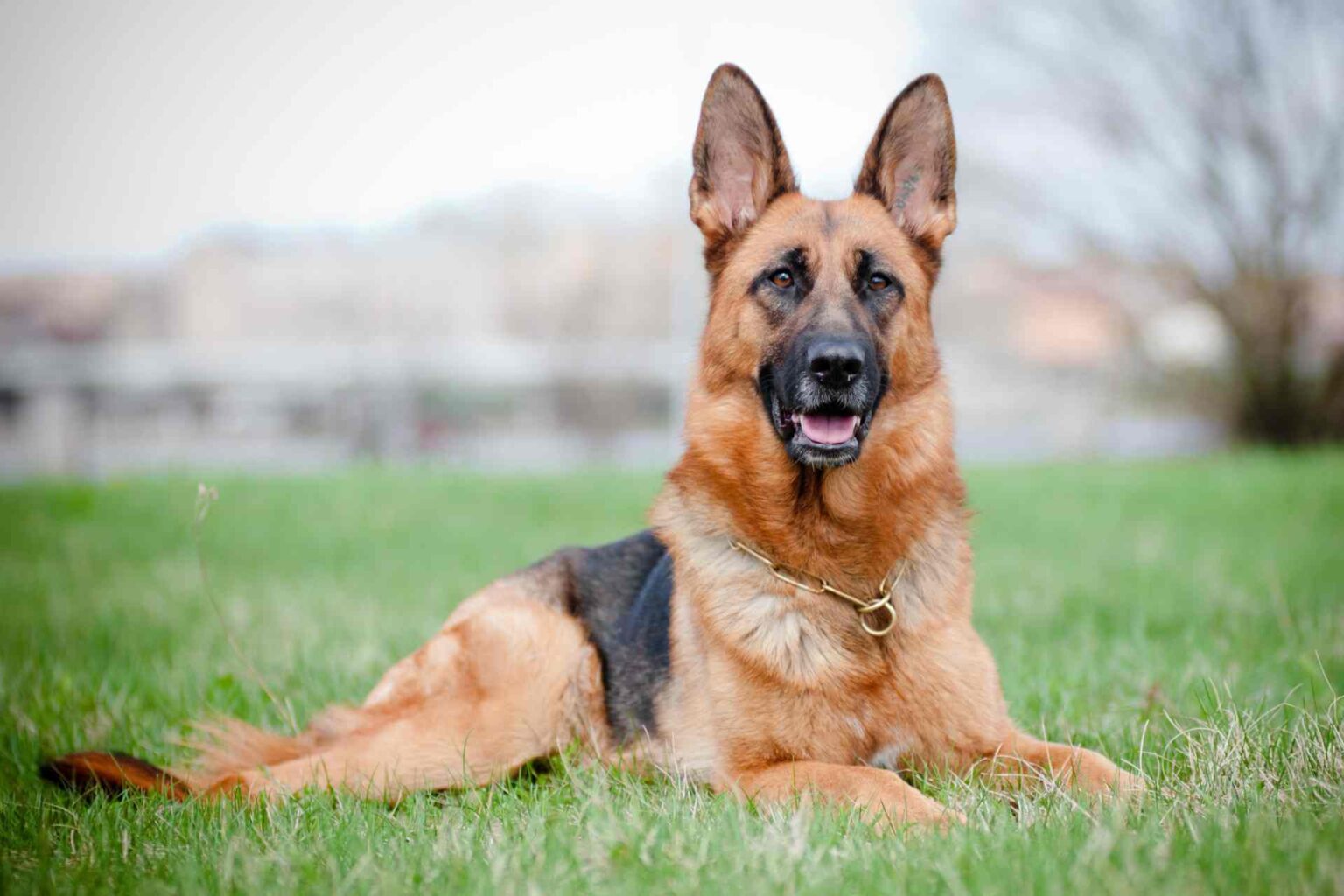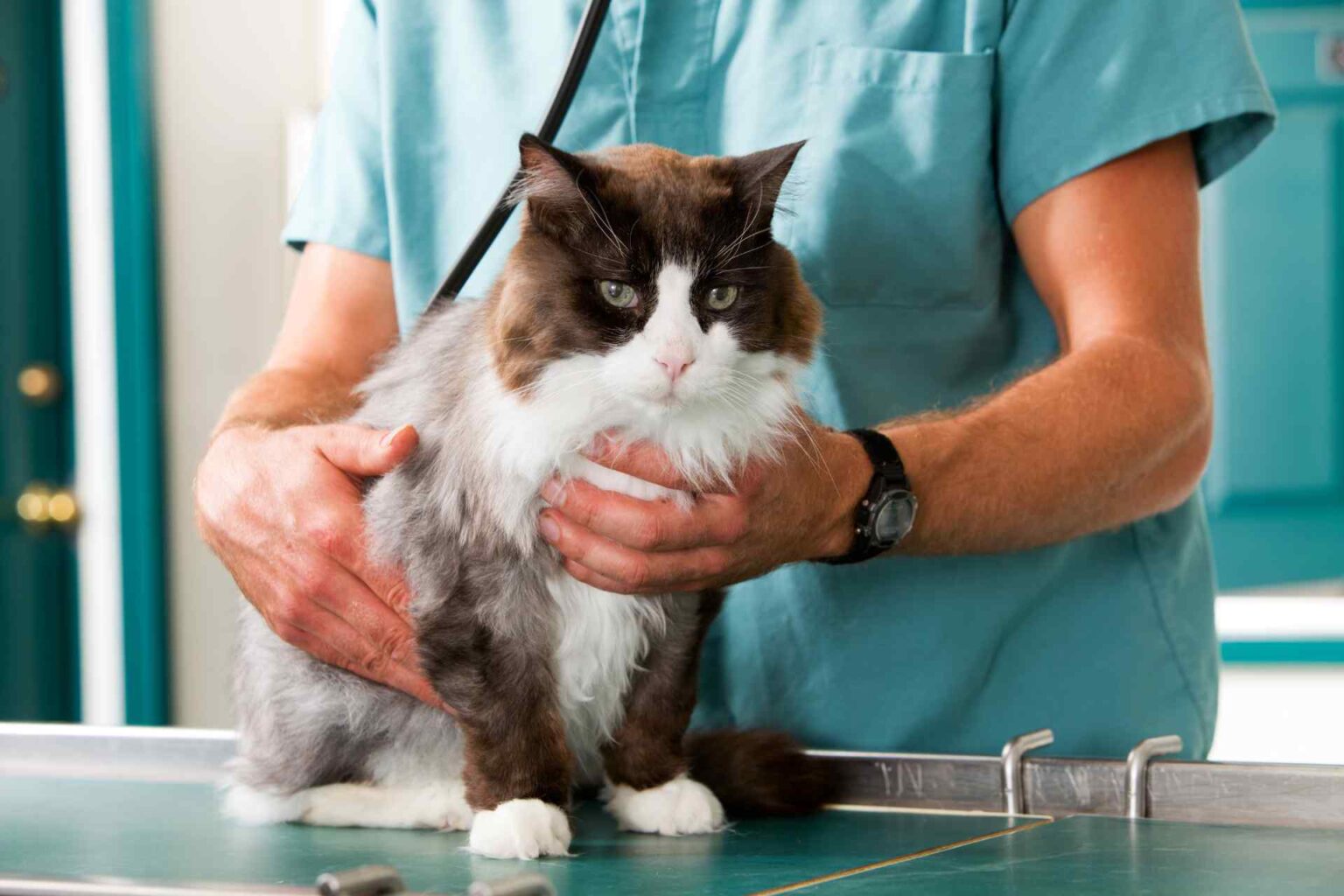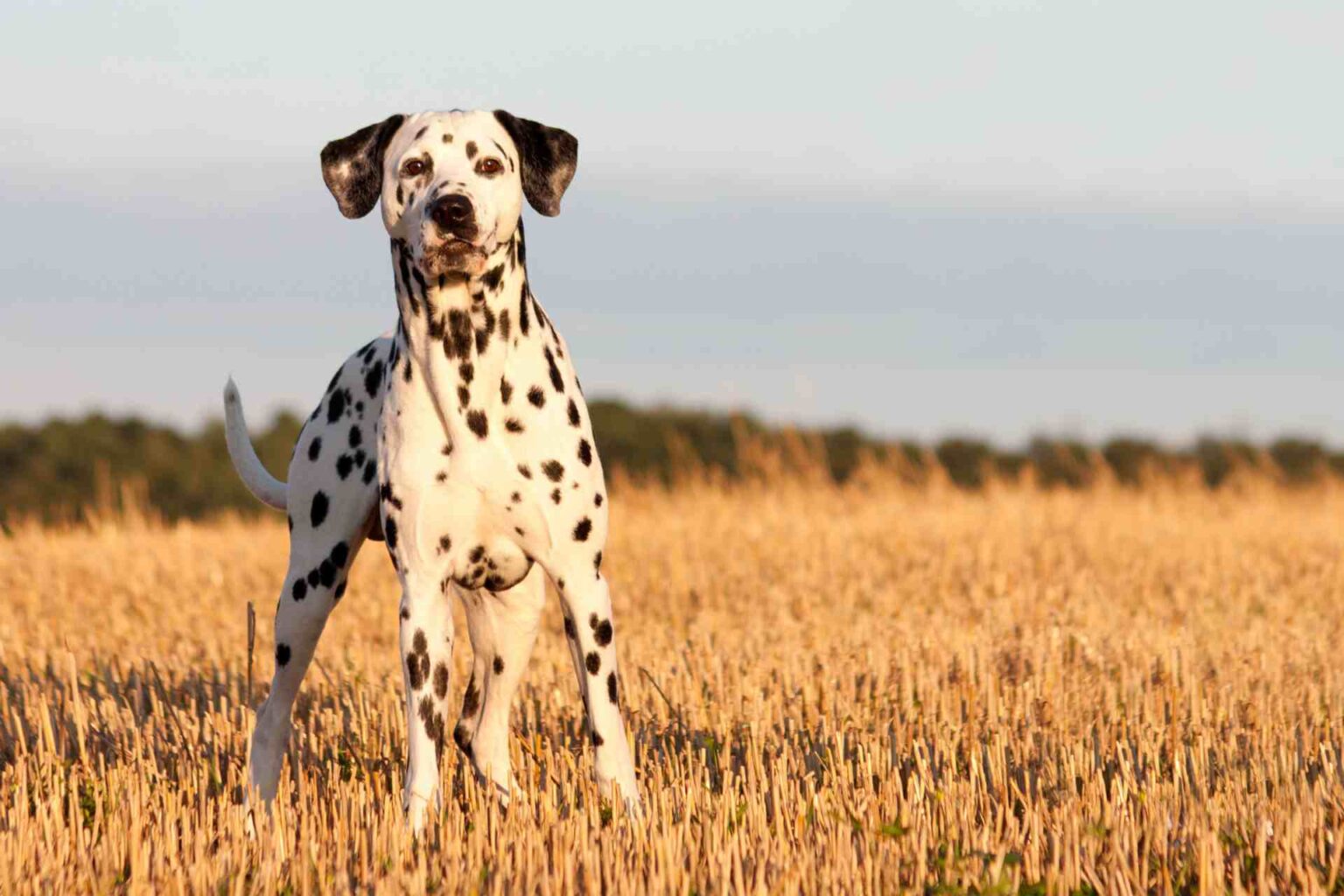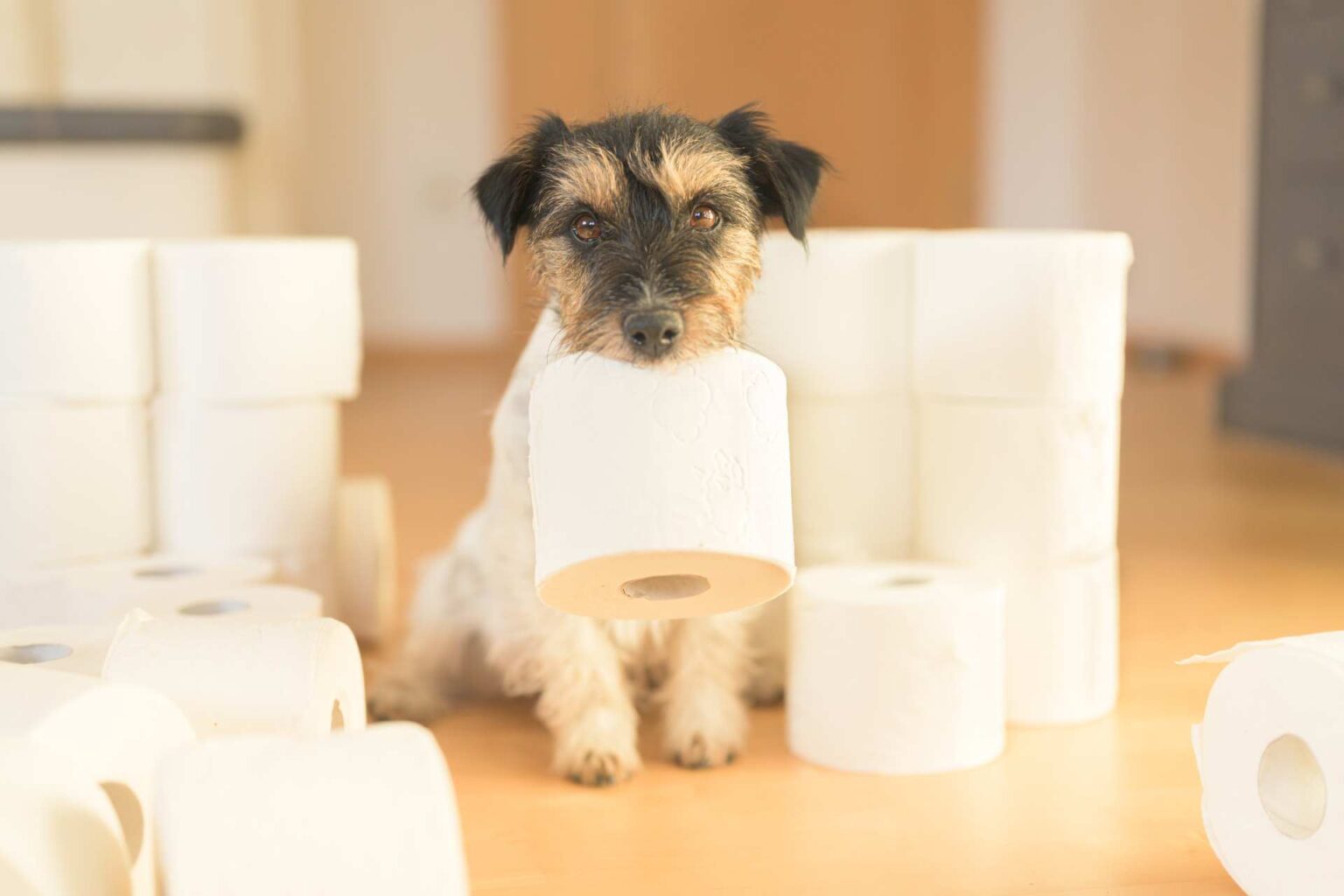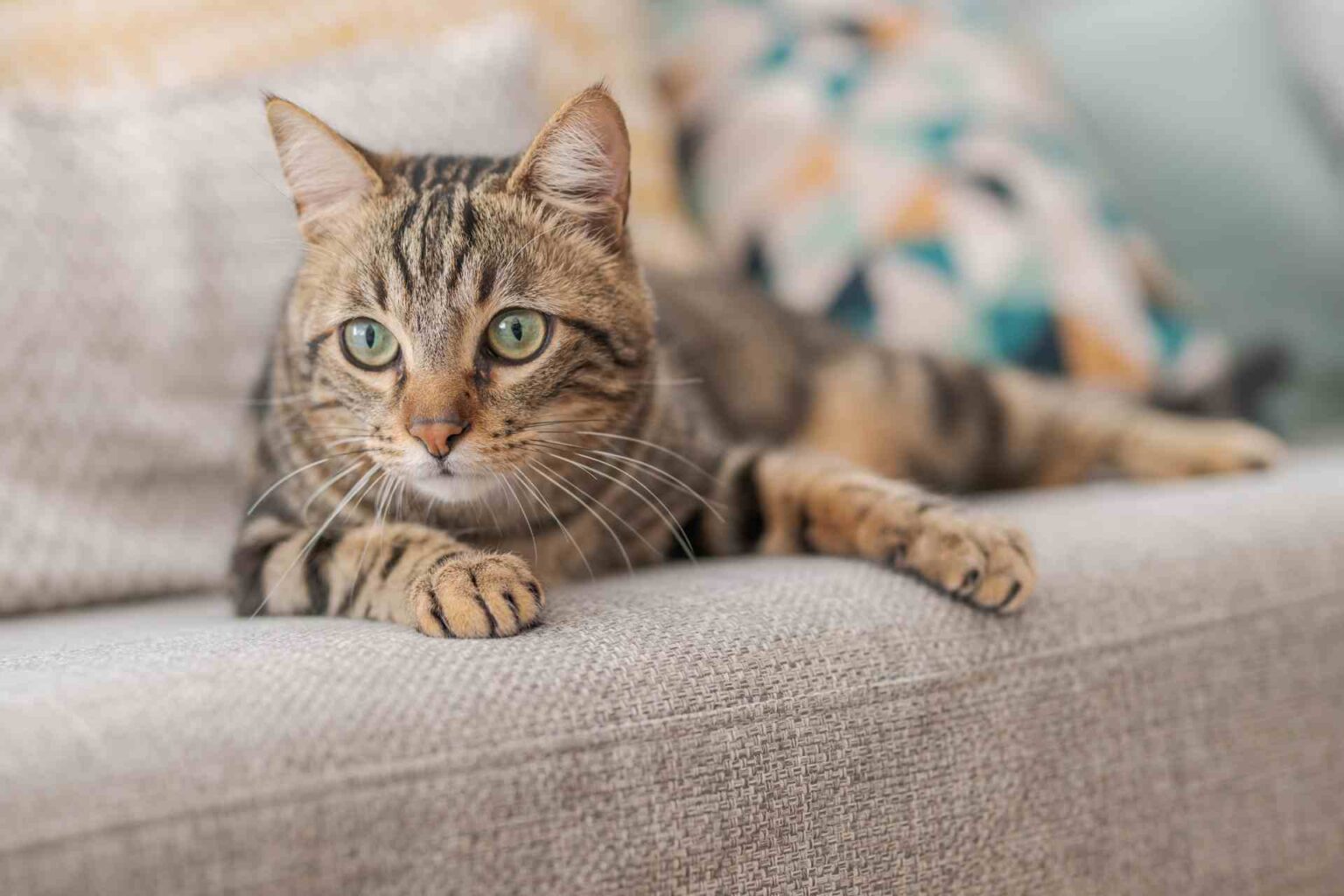U.S. pilot study published in the journal Pathogens points out that fungi can play a hitherto underestimated etiopathogenetic role and that the animal’s oral health should not be limited to checking for bacterial infections, but depends on a complex balance of the local microenvironment.
Chronic gingivostomatitis in the cat
Painful and debilitating, chronic feline gingivostomatitis results in pronounced as well as persistent inflammation of the oral mucosa, with ulcers that impede feeding and can result in dysphagia and anorexia, weight loss, and behavioral abnormalities.
Pathogens such as Feline Calicivirus and Feline Herpesvirus Type 1 (FHV-1) have been implicated in its genesis, as well as an immune overreaction to the presence of plaque and tartar, although the exact motive remains unknown to this day.
Recently, in an attempt to ascertain the etiopathogenetic role of the oral cavity microbial population, next-generation geo-sequencing techniques have revealed that in the healthy cat the most abundant genera are Porphyromonas, Moraxella, and Fusobacterium, with Capnocytophaga canimorsus as the predominant species, followed by Xanthomonadaceae spp. and Bergeyella spp.
In cats with gingivitis, mild periodontitis or other oral cavity affections, however, the dominant pathogens belong to the phyla Spirochaetes, Bacteroidetes and Peptostreptococcaceae or Pasteurella multocida subsp. multocide.
Alongside bacteria, however, an important part of the microbiota is fungi, but the feline oral mycobiota-that is, the fungal population that dwells in the cat’s oral cavity-has not yet been accurately deciphered, and the first work to delve into its role in gingivostomatitis chronic is represented by a U.S. pilot study published in the journal Pathogens.
The analysis of bacterioma and mycobioma
Overall, genetic sequencing identified 249 bacteria and 186 fungi. Bacterial diversity was different in the two groups of cats involved in the study, both in the number of species identified and in the alpha-diversity, which appeared higher in the group of healthy cats. Analysis of the species present in the respective bacteriomes revealed substantial differences between the two groups.
In healthy cats, the top five dominant bacterial species were Porphyromonas gulae, Moraxella sp., Porphyromonas sp., Porphyromonas circumdentaria and Bacteroidales sp., while in sick cats they were Porphyromonas gulae, Peptostreptococcus canis, Bacteroidales sp., Fretibacterium sp. and Propionibacteriaceae sp.
Regarding the fungal component, analyses to attest to relative species abundance revealed higher diversity in cats with chronic gingivostomatitis, with Malassezia restricta, Malassezia arunalokei, Cladosporium penidielloides/salinae, and Aspergillaceae sp. significantly enriched, whereas in healthy cats the enrichment involved only Saccharomyces cerevisiae.
Interactions within the oral microbiota
To decipher the internal dynamics of the oral microbiota in more detail, the U.S. work also studied patterns of recurrence, bringing out a number of intertwined correlations between bacterial and fungal populations, showing in particular that numerous bacterial species appear to coexist with a smaller number of fungal species. It has thus been documented that the oral microbiota represents the site of a series of complex interactions between the bacterial and mycobiome, and that in this context the bacterium Bergeyella zoohelcum may represent a potential biomarker of healthy feline oral mycobiome.
Conclusions
However, the underlying message of the study concerns the need to always take into consideration the possible role of the fungal component of the oral microbiota in the pathogenesis of feline chronic gingivostomatitis, not just viewing oral health exclusively in terms of bacterial infections.
If anything-as the authors point out-oral health represents the result of a series of biological interactions between bacteria and fungi that help to maintain a complex balance in the microenvironment of the mouth.
Reference
Krumbeck JA, Reiter AM, Pohl JC, et al. Characterization of Oral Microbiota in Cats: Novel Insights on the Potential Role of Fungi in Feline Chronic Gingivostomatitis. Pathogens. 2021;10(7):904. Published 2021 Jul 17. doi:10.3390/pathogens10070904





